Science Centre offers various exhibits and activities related to science and technology. It’s a favorite spot for families, especially those with curious young minds.
Dimapur
A complete tourist and cultural guide
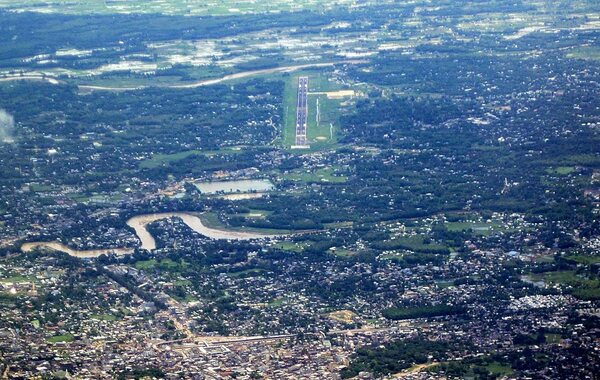
Dimapur, the largest city in Nagaland, is often called the “Gateway to Nagaland” as it serves as the main entry point to the state. Located on the banks of the Dhansiri River, it’s a bustling commercial hub with a mix of modern markets and historical landmarks, including the 13th-century Kachari ruins. The city is also known for its vibrant tribal culture and acts as a base for exploring the rest of Nagaland.
Must-Visit Attractions in Dimapur
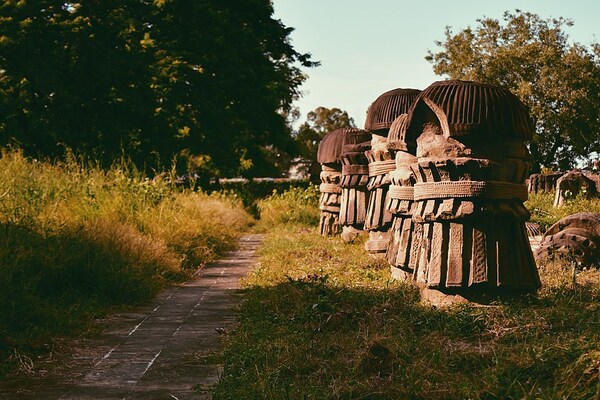
Kachari Ruins
These 13th-century remnants of the Kachari kingdom are among Dimapur’s most prominent historical sites. The Pillars showcase unique megalithic culture.
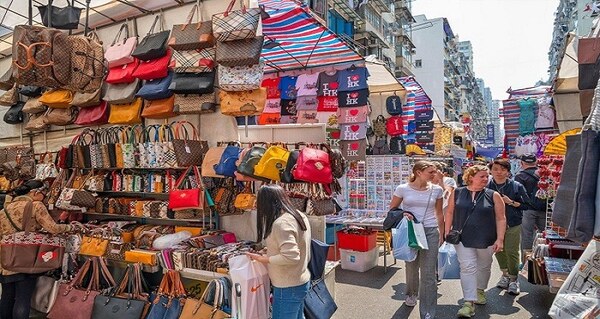
HongKong Market
A paradise for shopaholics, Hongkong Market is known for imported goods, trendy clothes, accessories, and electronics at reasonable prices.
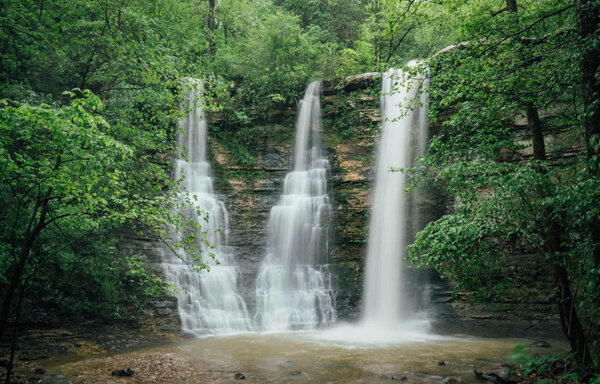
Triple Falls
This scenic spot in Dimapur features three beautiful waterfalls cascading side by side into a natural pool. Surrounded by lush greenery.
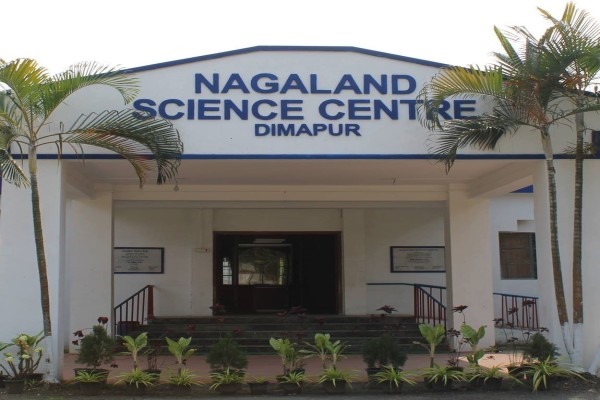
Science Centre
Major Attractions Nearby Dimapur
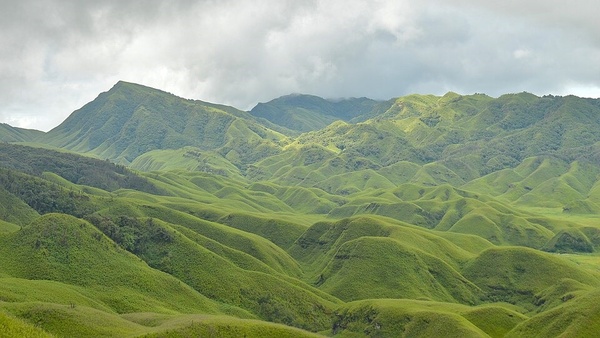
Dzukou
Located about 70 km from Dimapur, Dzükou Valley is famous for green hills, seasonal wildflowers, and panoramic views.
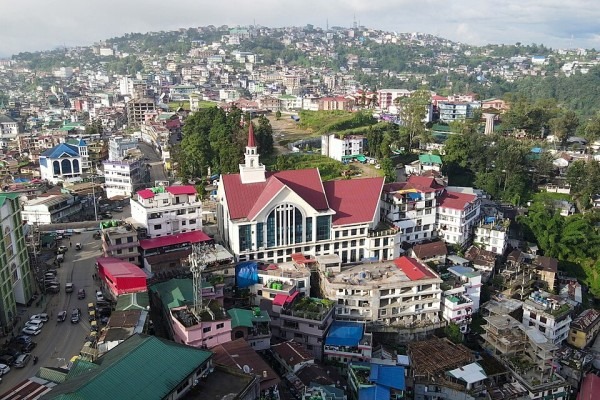
Kohima
Around 74 km from Dimapur, Kohima is the capital of Nagaland and a hub of history and culture.
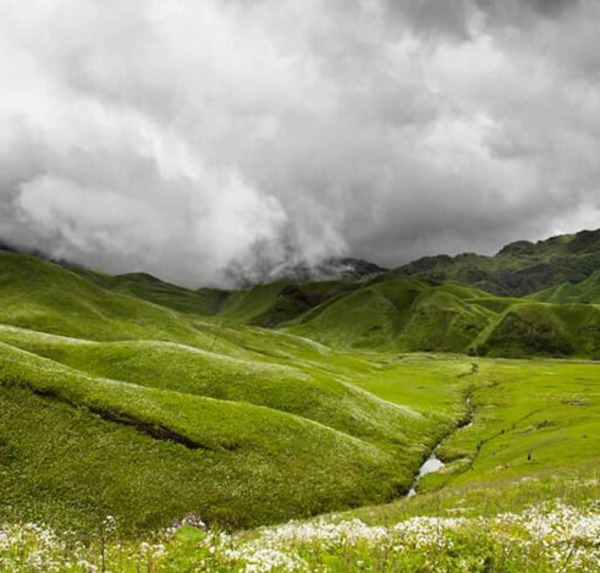
Japhu Peak
Situated near Kohima, Japfu Peak is the second-highest peak in Nagaland and offers breathtaking views.
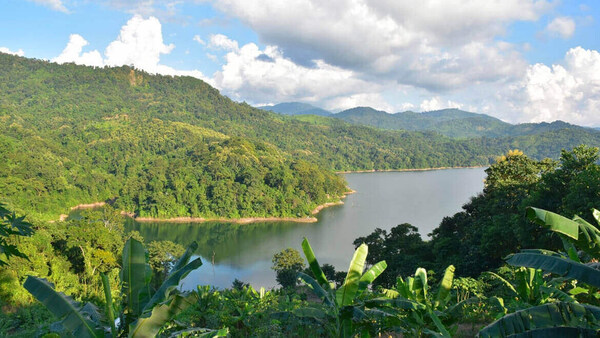
Intanki National Park
About 37 km from Dimapur, this protected area is rich in biodiversity, home to many animals.
Things to do in Dimapur
Experience the spiritual, cultural, and historical essence of the city.
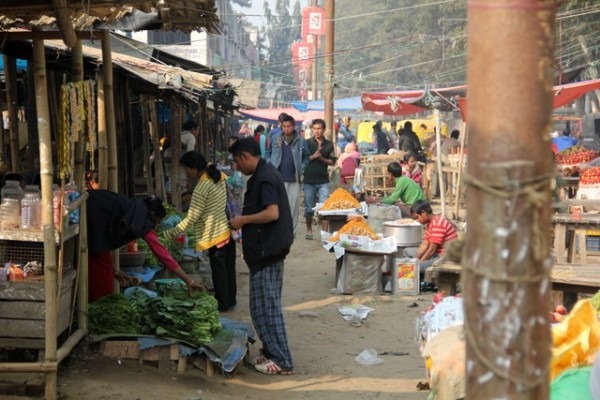
Shop at Local Markets
Dimapur’s Hongkong Market and New Market are perfect for bargain hunters for fashionable clothing and accessories.
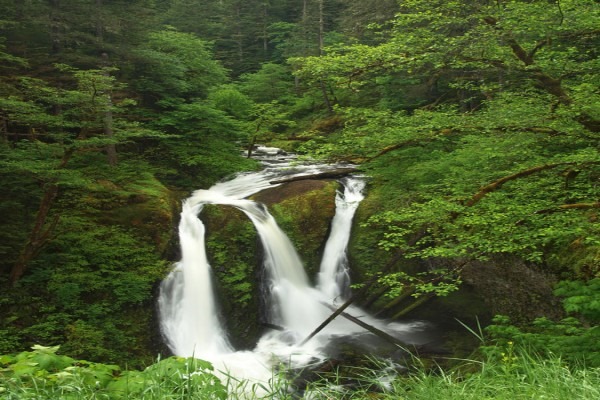
Visit Triple falls
For a refreshing break, head to Triple Falls in Seithekema village. The sight of three waterfalls plunging into a crystal-clear pool.
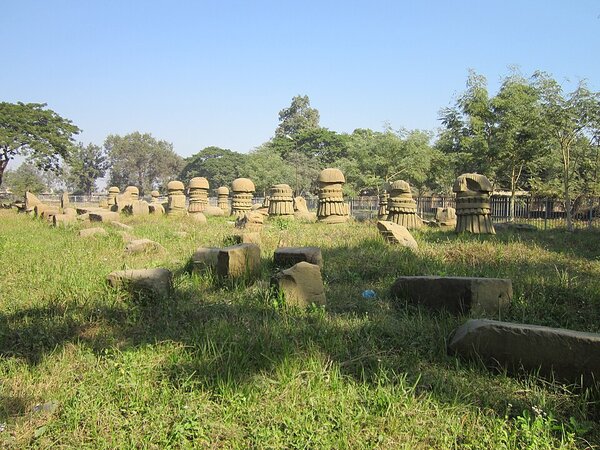
Explore the Kachari Ruins
Step back in time by visiting the ancient Kachari Ruins, where centuries-old stone pillars and structures tell stories.

Experience Local Cuisine
Experience traditional Naga delicacies and experience Dimapur’s authentic flavors and the rich food heritage of Dimapur
The Performing Art of Dimapur
The performing arts of Dimapur reflect the vibrant cultural spirit of the region, blending rhythmic movements, expressive storytelling, and traditional music. Rooted in age-old customs, these art forms often celebrate community life, seasonal changes, and significant milestones, bringing people together in shared joy and harmony. Performances are usually colorful and energetic, showcasing elaborate attire, symbolic gestures, and harmonious beats that create a deep connection between the performers and the audience. Whether during festive occasions or community gatherings, these artistic expressions serve as a bridge between the past and the present, preserving the region’s cultural essence.
Folk Music
Gospel Music
Contempory rock & pop Music
Folk Music which features indigenous instruments like log drums, bamboo flutes, and folk chants that narrate stories of community life, festivals, and legends. Gospel Music reflecting the strong influence of Christianity in the region. Contempory rock & pop have a strong presence in Dimapur, with many local bands blending Western music elements with Naga lyrics and themes.
Zeliang Dance
Rengma Dance
Kuki Dance
Zeliang Dance is a traditional performance by the Zeliang tribe, often presented during festivals and celebrations to showcase unity and joy. Rengma Dance is known for its rhythmic steps and colourful attire, symbolising stories of bravery, harvest, and community life. Kuki Dance brings energy and liveliness with fast-paced movements, usually performed during festive occasions to express gratitude and togetherness.
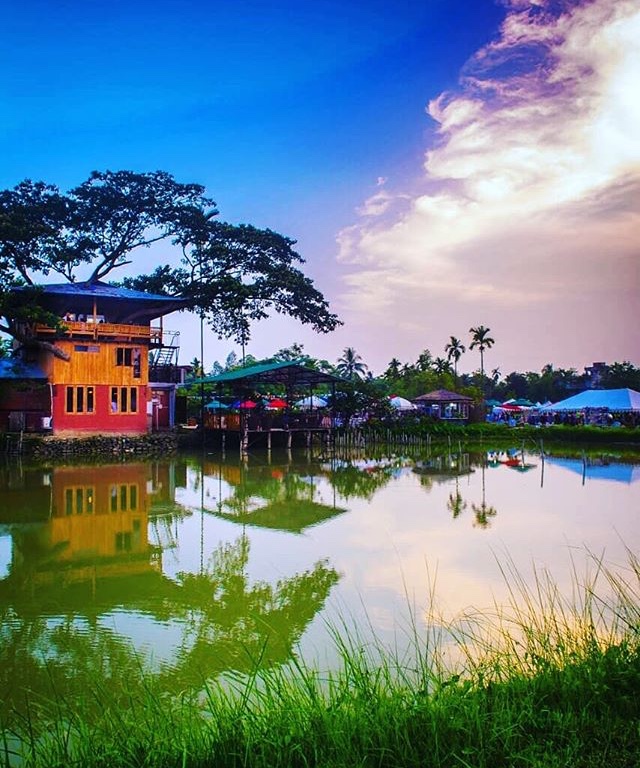
City Vibes
Dimapur carries a unique blend of urban energy and cultural charm. Bustling markets, busy streets, and lively conversations create an atmosphere full of movement and color, while the surrounding greenery and laid-back lifestyle add a sense of calm. The city embraces both tradition and modernity,
Heritage of Dimapur
The heritage of Dimapur is deeply rooted in its ancient history, cultural diversity, and traditional practices passed down through generations. This fusion of ancient legacies and ongoing traditions gives Dimapur a distinct identity, making it a place where the past continues to shape the present.
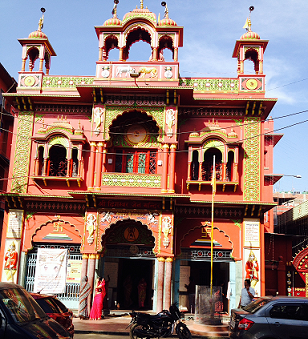
Cuisine of Dimapur
Dimapur is a paradise for food lovers, offering a variety of traditional delights.
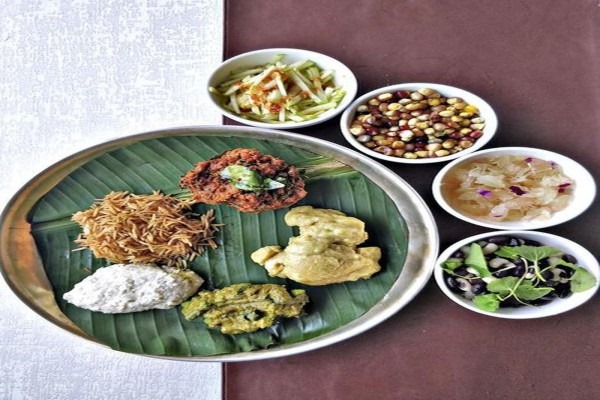
Naga Cuisine
The local Naga cuisine is a must-try, known for its bold flavors and traditional cooking methods.

Axone
This traditional dish uses fermented soybeans called “Axone,” known for their strong aroma and unique taste.

Galho
A comforting one-pot meal, Galho is similar to khichdi and made with rice, seasonal vegetables, and meat.

Smoked pork with bamboo shoot
A signature Naga delicacy, this dish features pork slow-smoked to perfection, then cooked with tender bamboo shoots.
Shopping in Dimapur
Shopping in Dimapur offers a vibrant mix of tradition and craftsmanship.
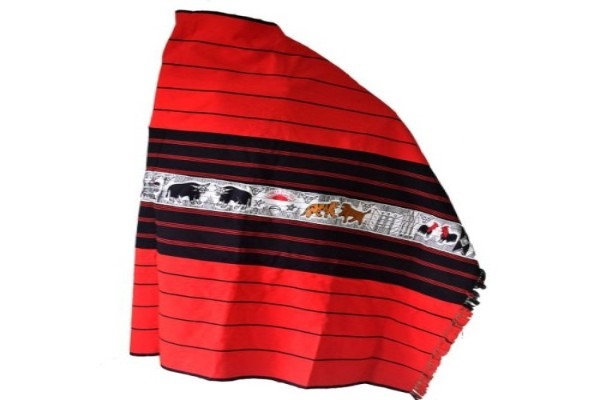
Naga Handwoven Shawl
These beautifully crafted shawls are known for their vibrant colors and intricate tribal patterns.
Local Spices
The markets in Dimapur are filled with aromatic organic spices, Naga King Chilli products, and homemade pickles.
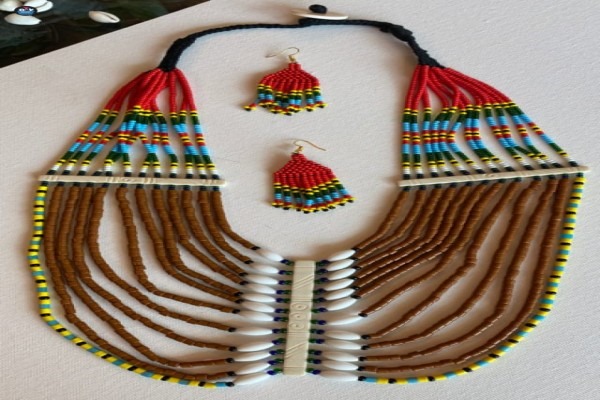
Tribal Jewellery
Bold, colorful jewelry made from beads, brass, and bones is a distinctive part of Naga culture and are very popular.
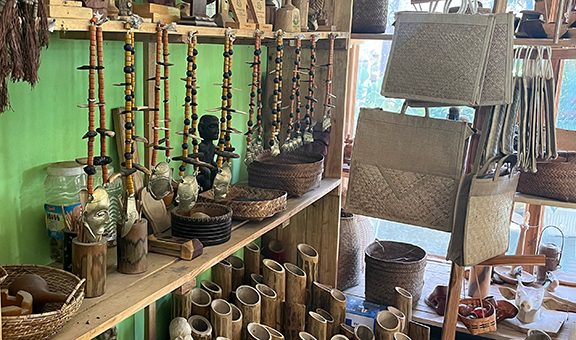
Local Handicraft
Dimapur is famous for its bamboo and cane products, including baskets, furniture, mats, and decorative items.
Tourist's Handbook
For a visit to Dimapur, the winter season (October to March) is widely regarded as the most pleasant and favorable time. During these months, temperatures typically range from 13 °C to 18 °C, offering crisp mornings, warm sunshine, and excellent conditions for outdoor sightseeing, treks, and exploring cultural attractions
Respect local customs and traditions – Nagaland has rich tribal cultures; dress modestly and be mindful of cultural sensitivities, especially during festivals and community gatherings.
Stay updated on travel advisories – Check local news or official sources for any security or weather-related alerts before and during your trip.
Avoid isolated areas at night – Stick to well-lit and populated places, especially if you’re unfamiliar with the surroundings.
Keep valuables secure – Use hotel safes when possible and avoid displaying expensive items in public.
Use registered transport – Hire taxis or auto-rickshaws from known stands or book through trusted services for safety.
Carry identification – Keep a copy of your ID and relevant permits, as some areas in Nagaland may require them.
Getting around in Dimapur is fairly straightforward, with a variety of transport options available to suit different needs. Within the city, taxis and auto-rickshaws are the most common and convenient means of travel, offering quick rides to markets, attractions, and neighborhoods, while public buses provide a more budget-friendly option, though they may be less frequent and cover limited routes. For travelers seeking independence, car and bike rentals are available, but their availability is limited, and rates can be higher compared to other cities, so comparing prices beforehand is advisable.
Overcharging by taxis and auto-rickshaws – Some drivers may quote inflated fares, especially to tourists unfamiliar with local rates; always negotiate or ask for the fare before starting the trip.
Fake guides or touts – Individuals may pose as tour guides offering “special deals” or access to restricted places; verify their authenticity before agreeing to their services.
Counterfeit products in markets – Street markets sometimes sell imitation branded goods at high prices; check quality before buying.
Pickpocketing in crowded areas – Busy markets and transport hubs can attract petty thieves, so keep valuables secure.
False charity or donation requests – Strangers might approach asking for money for local causes; donate only through verified organizations.
Accommodation booking scams – Fraudsters may demand advance payments for fake hotels or homestays; use reputable booking platforms or verified contacts.
Varanasi Blogs
- Uttar Pradesh Cultural guide
- Places to visit in Varanasi
- Places to visit nearby Varanasi
- India’s most popular destination
- India’s archaeological marvels
Recommended articles
- Uttar Pradesh Cultural guide
- Places to visit in Varanasi
- Places to visit nearby Varanasi
- India’s most popular destination

